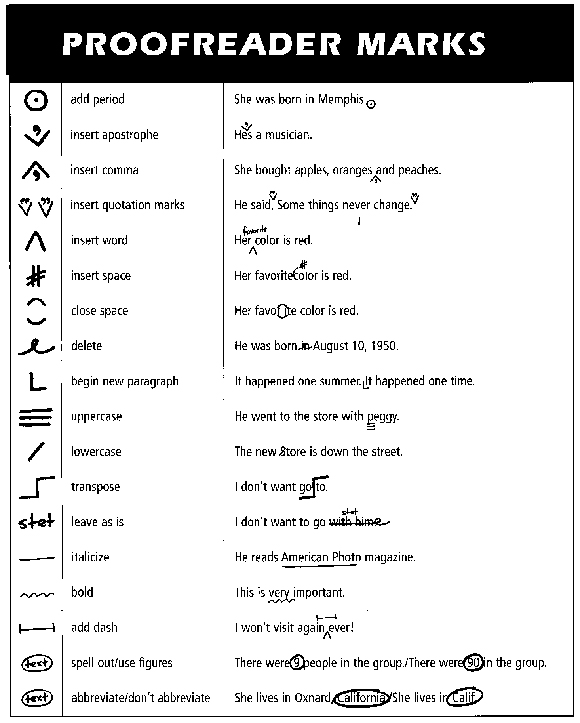Let’s face it the internet is a great educational and entertaining resource our kids can benefit from exploring, but there are areas we don’t want them to travel too! Setting some clear guidelines and rules upfront will help you feel more comfortable and keep them safer.
Visit www.netsmartz.org to download safety pledges that are geared to specific age ranges, print them and review them with the children and young adults you know. Outlining what you expect and having them sign the agreement to follow the safe practices will provide accountability, especially if you post the printed, signed document right by the computer they will surf on!
Following are some important points of review I have summarized from the a long list of safety tips posted on the netsmartz.org website. The site is a portal for educating adults and children on internet safety practices.
- post clear and simple house rules right next to the monitor and review it periodically
- check out your computer and service providers options for limited access to areas and content on the web.
- kids should never enter their full name or any personal information. tlak to your children about what personal information is and why they should not share it online.
- Adults should always make sure the web site is secure before entering any credit card information.
- If children are in chat rooms or social networking sites let them know they should never meet with a person they first met “online” without a parent or adult guardian you approve of.
- advise your kids not to respond to offensive or dangerous communications. Instruct your children to let you know right away if anything has scared them or made them feel confused or uncomfortable. Show them how to turn the monitor off. Assure them it was not their fault. Retrieve the offensive correspondence and report to law enforcement.
- keep the computer in an open area of the home where children are not secluded.
- keep informed on current scams and dangers and research resources regularly to learn the more about internet safety.
- spend time with the kids online, let them show you what they enjoy doing and where they go.
- there are child-friendly search engines available kids can use for research as well as chat rooms just for kids
- be aware of other computers your child may be using and make sure the same home practices are supported everywhere.
- use parent’s name for internet accounts with parents having the primary screenname, controlling passwords, and using blocking and/or filtering devices. If children choose screen names make sure they do not obviously identify them as a child.
- Filtering and blocking software for your computer will help limit the websites kids can access. Check Netsmartz.com Resources page for more information.
Content provided from http://www.netsmartz.org/resources/pledge.htm
Check the site for the age ranges and discuss them with your young ones. Print out the agreements and place them in view of your kids when they are in front of the computer as a gentle reminder of the pledge all of you have taken.

